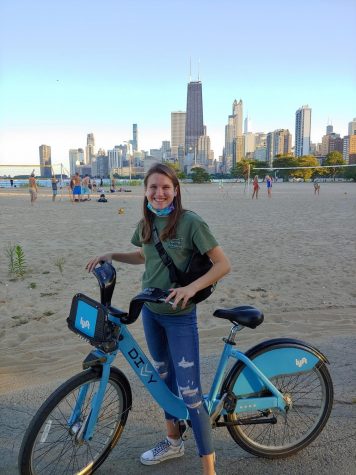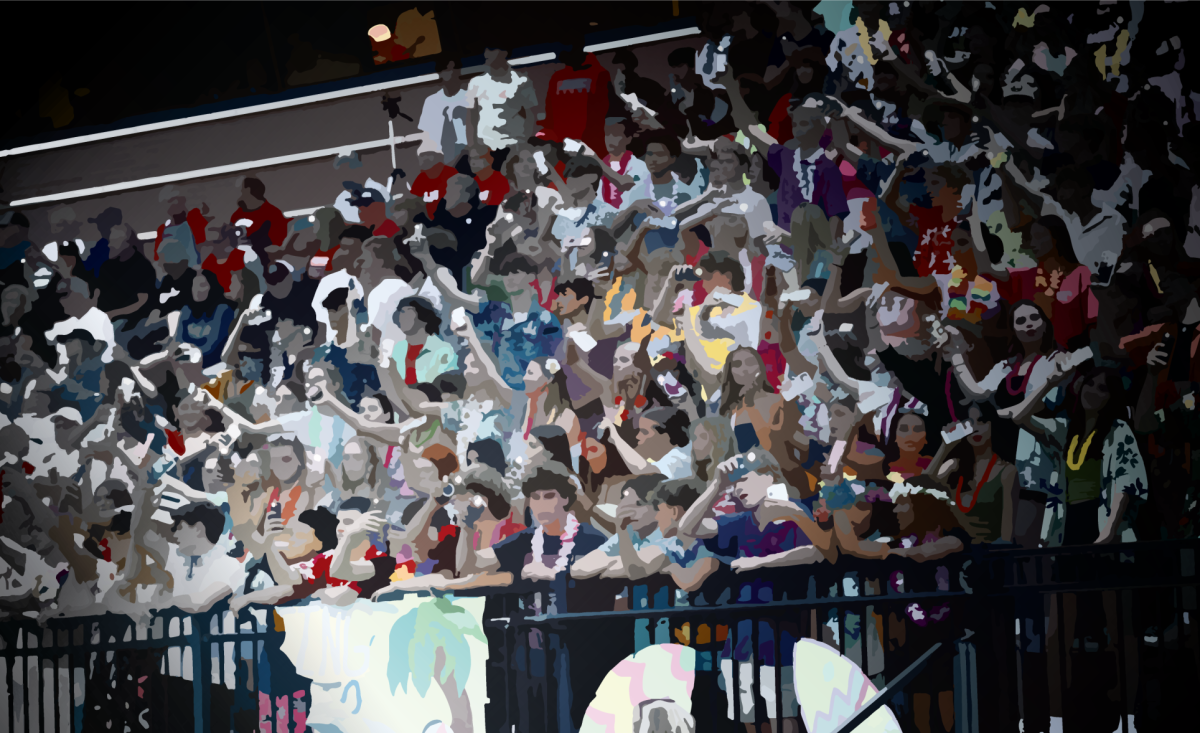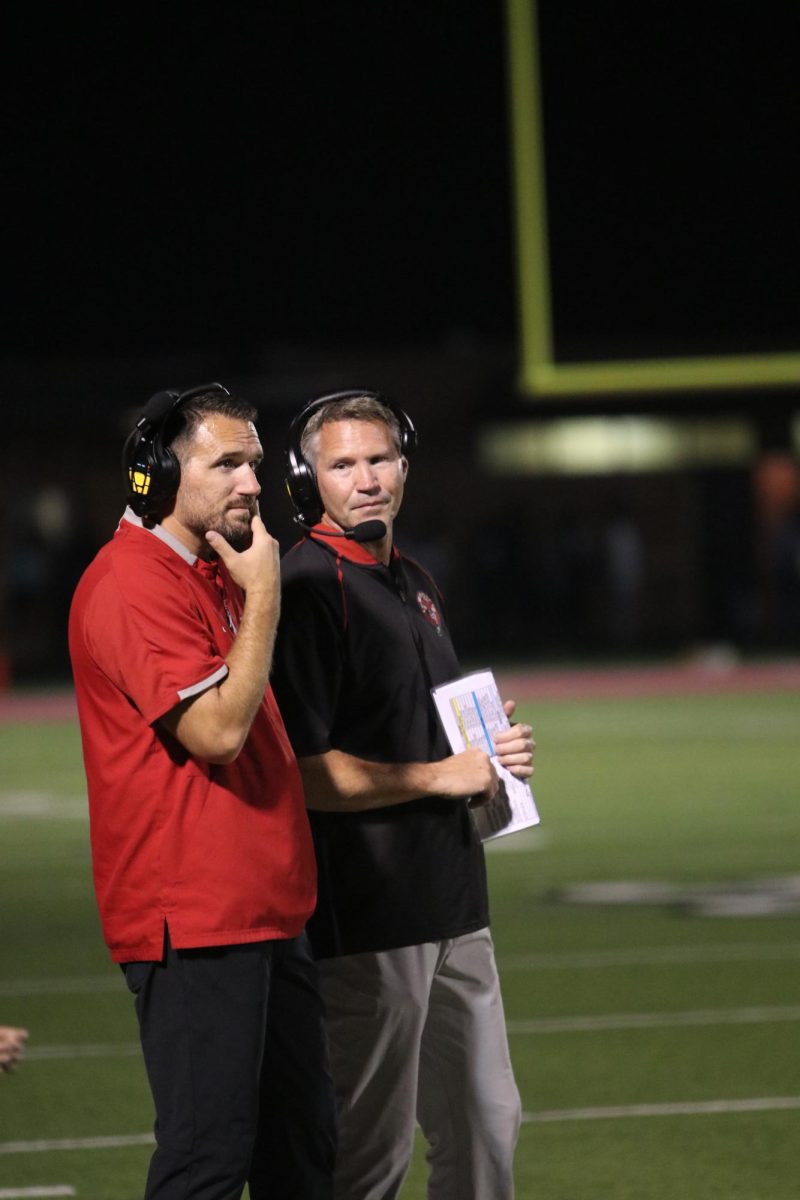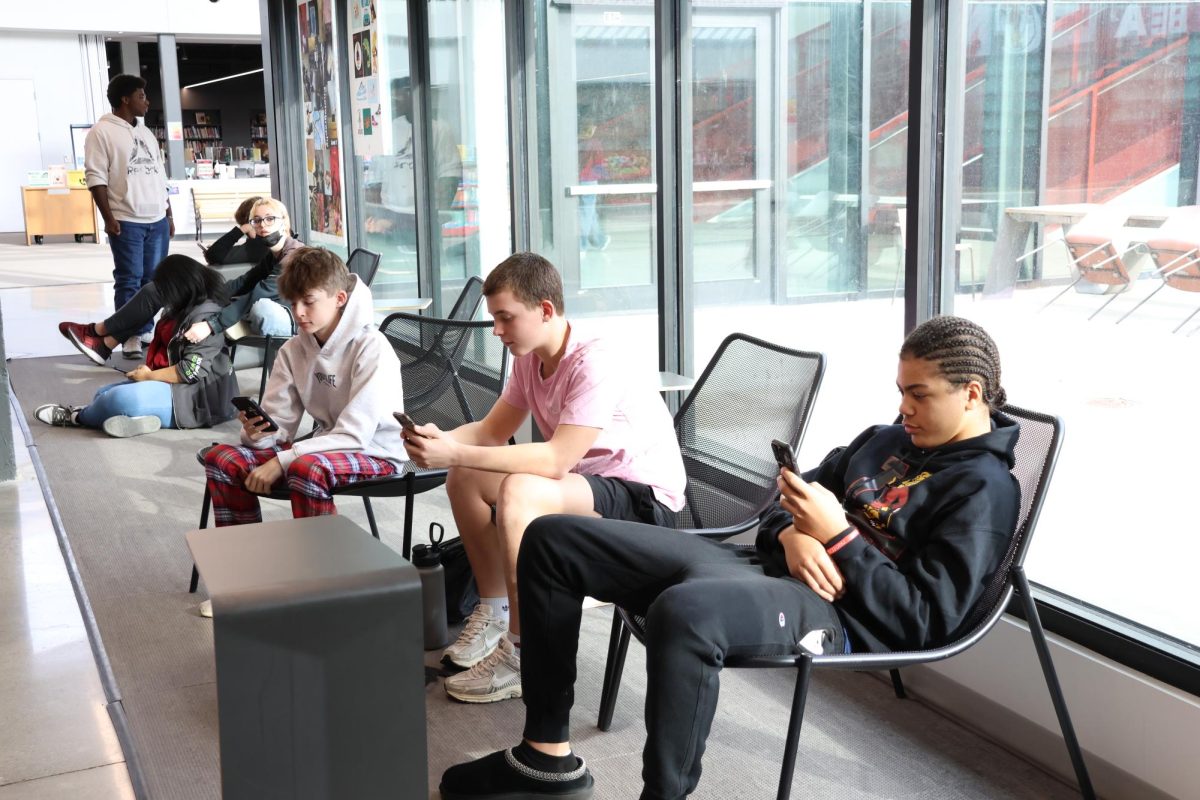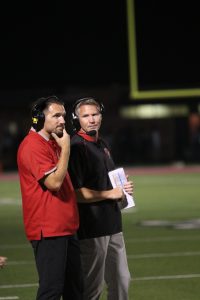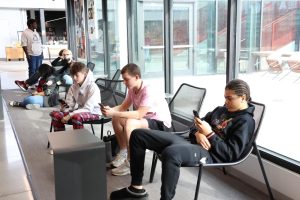- Arts & Entertainment
- Features
- Front Page
- Info-Graphic
- Multimedia
- Recent Posts
- Student Life
- Video
- Web Exclusive
Students look for ways to keep in touch while social distancing
April 18, 2020
While classes go digital, students return to traditional forms of keeping connected
As a child, history teacher Valerie Schrag practiced her penmanship through thank-you notes and corresponding with summer camp friends.
With the ease of texting and video calls, Schrag believes the art of letter writing has since fallen to the wayside. Some students, however, have written their very first letters in an attempt to find creative ways to keep in touch while social distancing.
Senior Sam Goddard said writing letters to their childhood friend from Mississippi can feel more meaningful than a simple text.
“It’s nice getting letters from each other and makes it feel more special than if we just texted each other like twice to catch up,” Goddard said. “Makes catching up take longer and feel more personal.”
To keep things fresh, senior Samira Laytimi and her friend use prompts such as “What is your favorite memory of our friendship?”
“I think writing letters gives me something to do and something to look forward to when a new letter comes back to me,” Laytimi said. “Letters are more fun because we give each other prompts to write about and the anticipation that comes with waiting to read each other’s responses is nowhere near comparable to a simple text.”
Alivia Rapp and her brother, Ashton Rapp, began writing letters to elderly people they know who have supported Lawrence’s 4-H organization but have been unable to leave their house or assisted-living home because of COVID-19.
“[They] are super secluded right now due to the pandemic,” Alivia Rapp said. “The letters were just to let them know someone’s thinking about them during this time.”
Alivia Rapp said the physical form also allowed her to better express her creativity.
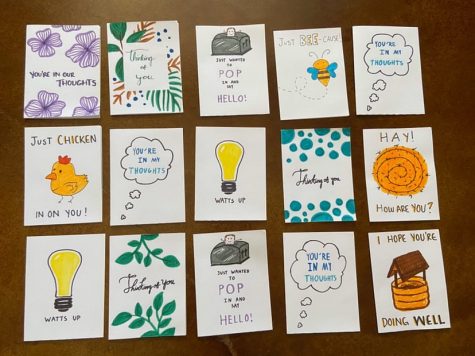
Alivia and Ashton Rapp used colors and drawings to make each card feel special to the recipient
“I found the idea of sending letters interesting because… I was able to be artistic and creative with them,” Alivia Rapp said. “We used the front covers as a way to kind of grab the recipient’s attention in a way, either with a quick little drawing or something humorous to make them hopefully laugh.”
For English teacher Melissa Johnson, even email wasn’t something she used until college. In high school, she wrote long elaborate notes to slip into friends’ lockers and backpacks while occasionally sending a letter if a friend went on vacation or moved away.
While she doesn’t write letters often nowadays, Johnson said she is still partial to the form.
“What I love about this method of communication is that it’s tangible. Texts are often lost when a phone gets upgraded, and phone conversations dissipate into air once over,” Johnson said. “But I have a shoe-box of letters and notes that I’ve carried with me from house to house over the years. I can’t seem to throw them out. They’re my history.”
Schrag makes sure to save every letter and note she is given by her students. She still has letters written by her grandparents to her great uncle, who was serving in WWII, including one announcing her mother’s birth.
Schrag said letters are especially important in historically significant times because many digital technologies can end up becoming unrecoverable as they age.
“As a historian, letters from eras past provide vital insight into how people responded to the events around them,” Schrag said. “I have letters and cards written to my grandparents and by my grandparents that give me insights into their lives when they were my age. These letters have stood the test of time and are still usable and readable.”
While Laytimi never wrote letters before COVID-19 forced people to socially distance, she feels now is a perfect time for anyone to pick up a pen and start writing.
“I think it’s a good way to just get away from social media and focus on things that don’t have to do with staying isolated in your house alone,” Laytimi said. “You can put your mind to whatever it is you want to write a letter about.”

While writing a letter is the hard part, making sure it actually arrives at the proper destination is crucial
Tips on writing the perfect letter
“The key to writing a letter is to get the reader to understand that you are there and that you care about them.” – Ashton Rapp, junior
“[The] important thing is not to ask everything in one letter or else you’ll run out of what to talk about especially if you also still text them. I keep letter conversations separate from text conversations.” – Sam Goddard, senior
“A quality letter is: a) readable, with good penmanship and spelling; b) is personal and addresses the interests and connections the writer has with the addressee; c) is sincere. Letters do not have to be long to be impactful.” – Valerie Schrag, history teacher
“The best writing–whether it’s a letter, a poem, an essay–is authentic and specific. I really think that’s all it needs to be. People should sound like themselves instead of a strange, formal version of themselves. They should tell stories with lots of details so the person reading it feels like they’re in the room with the writer. The best letters end up in a shoebox and have the power to make someone laugh twenty years after they were written.” – Melissa Johnson, English teacher






